Yellow Dogwood: The Showstopper Shrub Of Spring
Yellow Dogwood: The Showstopper Shrub of Spring
Yellow dogwood is a deciduous flowering shrub that is a showstopper in the springtime. Its bright yellow twigs and clusters of white flowers make it a popular choice for gardens and landscaping.
[Introduction]
Yellow dogwood (Cornus sericea 'Flaviramea') is a member of the Cornaceae family, which also includes dogwoods, cornelian cherries, and bunchberries. It is native to North America, where it can be found in the eastern and central United States and Canada.
Yellow dogwood is a small to medium-sized shrub, typically growing 6 to 12 feet tall and wide. It has a spreading, open habit and thin, flexible branches. The twigs are a bright yellow color, which is especially noticeable in the winter.
In the spring, yellow dogwood blooms with clusters of white flowers. The flowers are small and inconspicuous, but they are surrounded by four large, showy bracts that are a bright yellow color. The bracts persist after the flowers have fallen, giving the shrub a colorful appearance for several weeks.
[Main Content]
Yellow dogwood is a relatively easy shrub to care for. It prefers full sun to partial shade and moist, well-drained soil. It is drought-tolerant once established, but it will benefit from regular watering during the summer months.
Yellow dogwood is a relatively pest- and disease-free shrub. However, it can be susceptible to anthracnose, a fungal disease that can cause leaf spots and dieback.
Yellow dogwood is a versatile shrub that can be used in a variety of settings. It is a popular choice for foundation plantings, borders, and shrub beds. It can also be used as an accent plant or in mass plantings.
[Conclusion]
Yellow dogwood is a beautiful and easy-care shrub that is a great addition to any garden. Its bright yellow twigs and clusters of white flowers make it a showstopper in the springtime.
Yellow dogwood is a beautiful flowering shrub that is native to North America. It is known for its bright yellow twigs and leaves, which make it a popular ornamental plant. If you are interested in learning more about yellow dogwood, I encourage you to visit Home Gardening. This website has a wealth of information about yellow dogwood, including its history, cultivation, and care.
FAQ of yellow dogwood
- What is yellow dogwood?
Yellow dogwood (Cornus sericea) is a deciduous shrub or small tree native to North America. It is known for its bright yellow, orange, or red stems in winter, which provide a splash of color in the landscape. Yellow dogwood also has white flowers in spring and blue or black berries in summer.
- What are the different types of yellow dogwood?
There are several different types of yellow dogwood, including:
* C. sericea 'Bud's Yellow': This variety has bright yellow stems in winter.
* C. sericea 'Flaviramea': This variety has orange stems in winter.
* C. sericea 'Sibirica': This variety has red stems in winter.
* C. sericea 'Bailey's Select': This variety has variegated leaves with yellow, green, and white markings.
- How to care for yellow dogwood?
Yellow dogwood is a relatively easy plant to care for. It prefers full sun to partial shade and well-drained soil. It is drought tolerant once established, but it should be watered regularly during the first year after planting. Yellow dogwood is also susceptible to pests and diseases, so it is important to inspect the plant regularly and take steps to control any problems.
- Where to plant yellow dogwood?
Yellow dogwood is a versatile plant that can be used in a variety of settings. It is a good choice for borders, hedges, mass plantings, and containers. It can also be used as a specimen plant.
- How to propagate yellow dogwood?
Yellow dogwood can be propagated by seed, but it is more commonly propagated by cuttings. Cuttings should be taken in early spring from healthy, well-established plants. The cuttings should be about 4-6 inches long and should have at least two nodes. The cuttings should be planted in a well-draining potting mix and kept moist. They should root in about 6-8 weeks.
Image of yellow dogwood
This image shows a yellow dogwood tree in full bloom. The flowers are a bright yellow color and they are arranged in clusters. The leaves on the tree are a dark green color.
This image shows a close-up of a yellow dogwood twig. The twigs are a bright yellow color and they are covered in small, green leaves.
This image shows the bark of a yellow dogwood tree. The bark is a light gray color and it is covered in small, raised bumps.
This image shows a yellow dogwood tree in fall. The leaves on the tree are a golden yellow color.
This image shows a yellow dogwood tree in winter. The leaves on the tree have fallen off, but the twigs are still a bright yellow color.
This image shows a yellow dogwood tree in a garden. The tree is surrounded by other plants, including flowers and shrubs.
This image shows a yellow dogwood tree in a landscape. The tree is in the foreground of a field of grass.
This image shows a bunch of yellow dogwood flowers in a vase. The flowers are a bright yellow color and they are arranged in a loose cluster.
This image shows a close-up of a yellow dogwood leaf. The leaf is a dark green color and it has a serrated edge.
This image shows a yellow dogwood seed. The seed is a small, brown color and it has a white appendage.

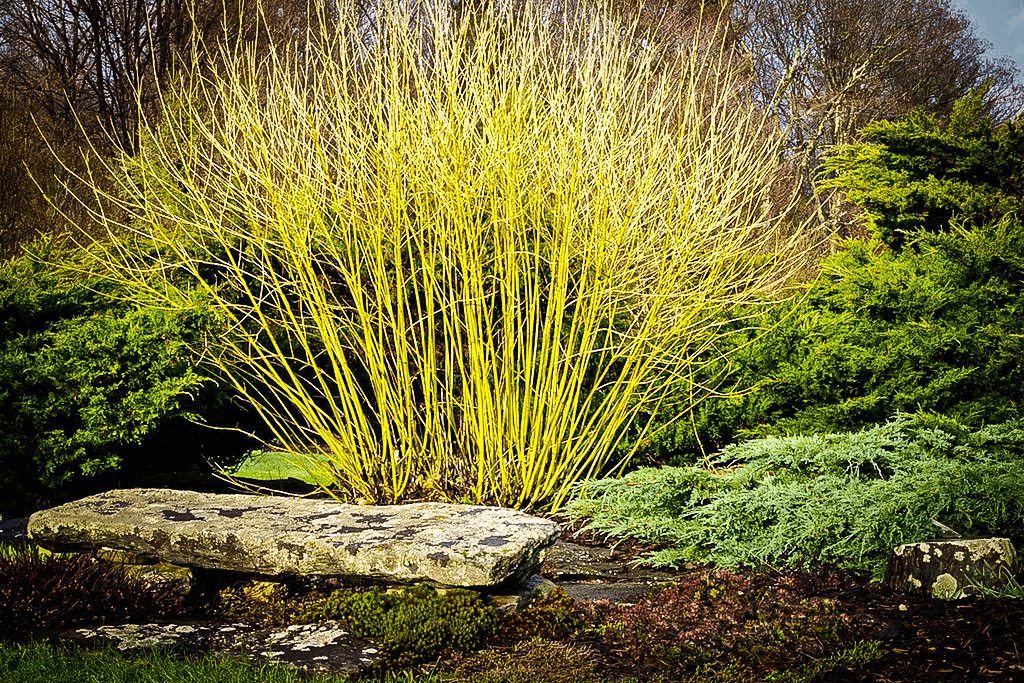
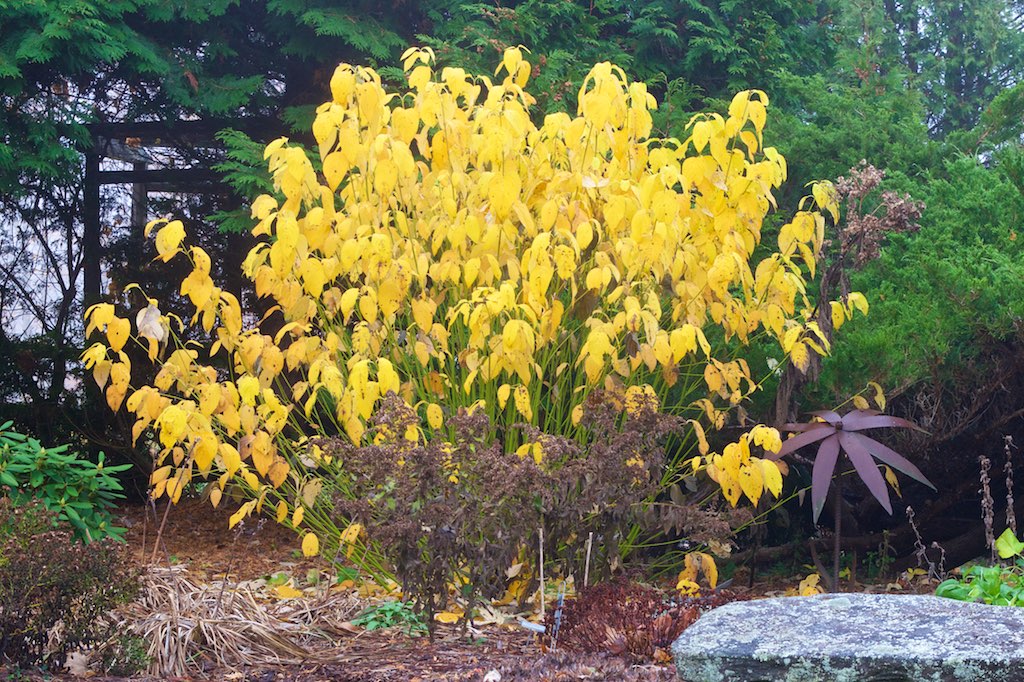
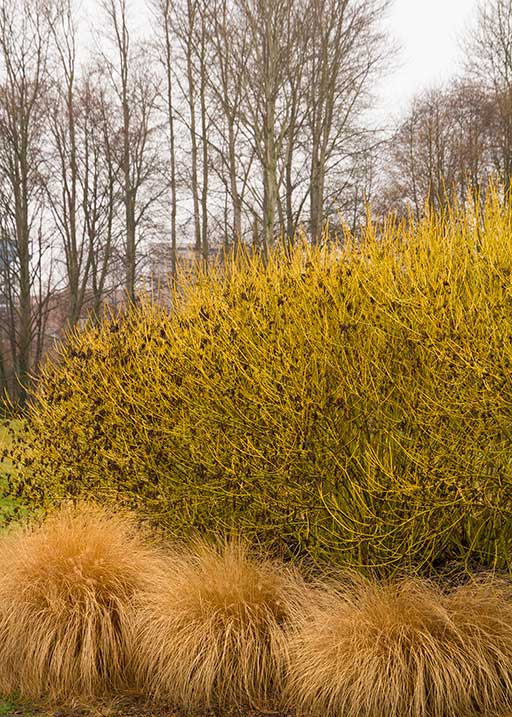
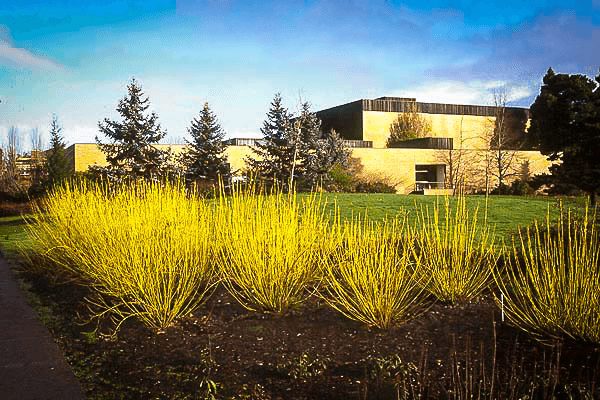

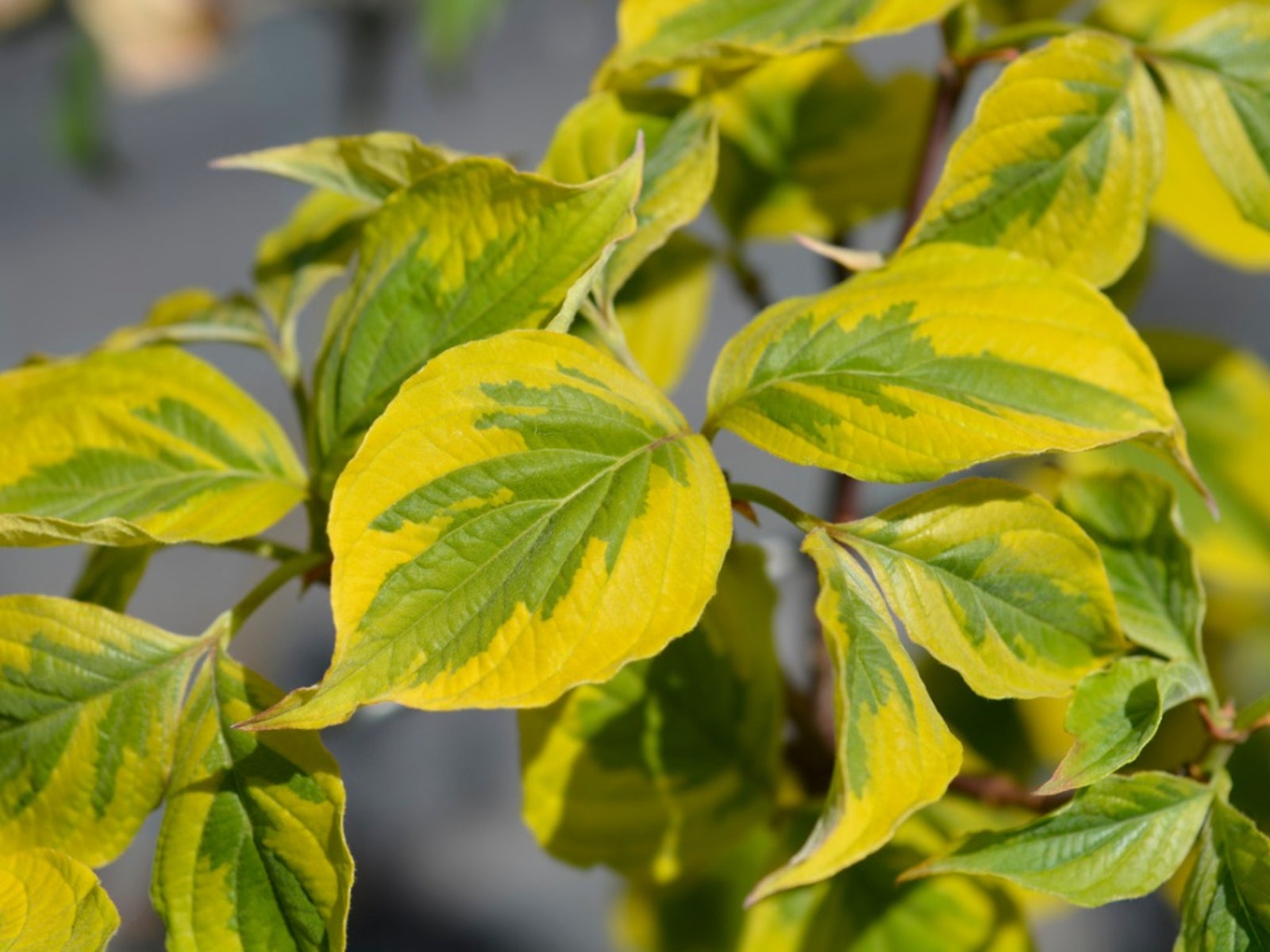
Post a Comment for "Yellow Dogwood: The Showstopper Shrub Of Spring"